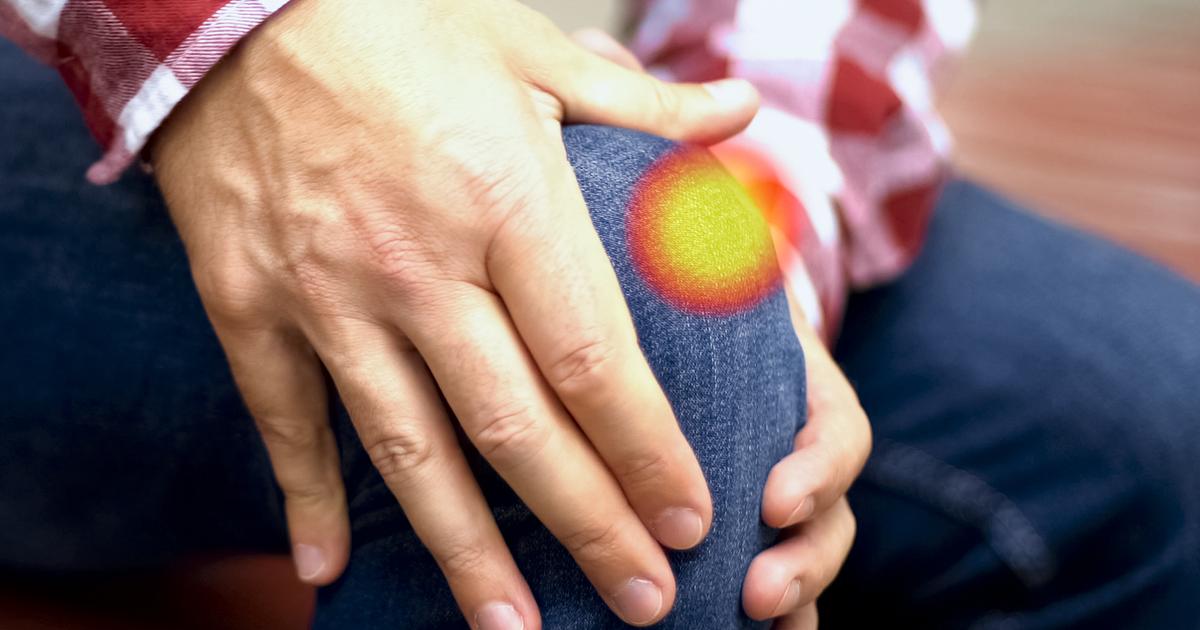Health Benefits Of Physical Therapy
Reduces Pain

When individuals are experiencing pain, especially chronic pain, their instincts might tell them they should rest, and moving might seem like an unbearable prospect. But studies have shown movement and exercise are often quite helpful for several types of chronic pain. Physical therapy won't help with all types of pain; for example, pain related to chronic fatigue syndrome or fibromyalgia is likely to be exacerbated by exercise because those conditions cause exercise intolerance. However, for conditions that don't cause exercise intolerance, physical therapy is often an essential part of managing pain. This kind of therapy has been successfully used to alleviate chronic headaches, osteoarthritis, rheumatoid arthritis, and neuropathic pain.
Neuropathic pain is pain caused by damage to nerves or the surrounding tissues. Chronic pain patients often develop weakness because they aren't able to move as often as able-bodied individuals. One of the main goals of physical therapy is to help strengthen their bodies without causing increased fatigue and pain. Physical therapy for chronic pain can include massage, cold laser therapy, movement therapy, exercise, microcurrent stimulation, and manipulating the bones and joints.
Helps With Stroke Recovery

Physical therapy is one of the main treatments that help with stroke recovery. The exact form physical therapy takes will vary from patient to patient, and it depends on the effects the stroke had on their mobility and other areas of the brain. Stroke recovery will typically involve in-person physical therapy sessions along with an exercise regimen to be followed at home. Physical therapists may give patients stroke rehab exercises to strengthen both their body and mind.
Instead of using normal strength training exercises, stroke rehab exercises focus on using repetition to rewire the brain and reteach patients to control their movements. The single most effective way to improve movement following a stroke is to engage in repetitive therapeutic exercises. If patients are struggling with leg or arm paralysis, their physical therapist might incorporate a therapy called constraint-induced movement therapy. During this therapy, the unaffected limb is constrained, which forces patients to use the paralyzed limb. Over time, their brain rewires connections and reteaches itself to use the paralyzed limb.
